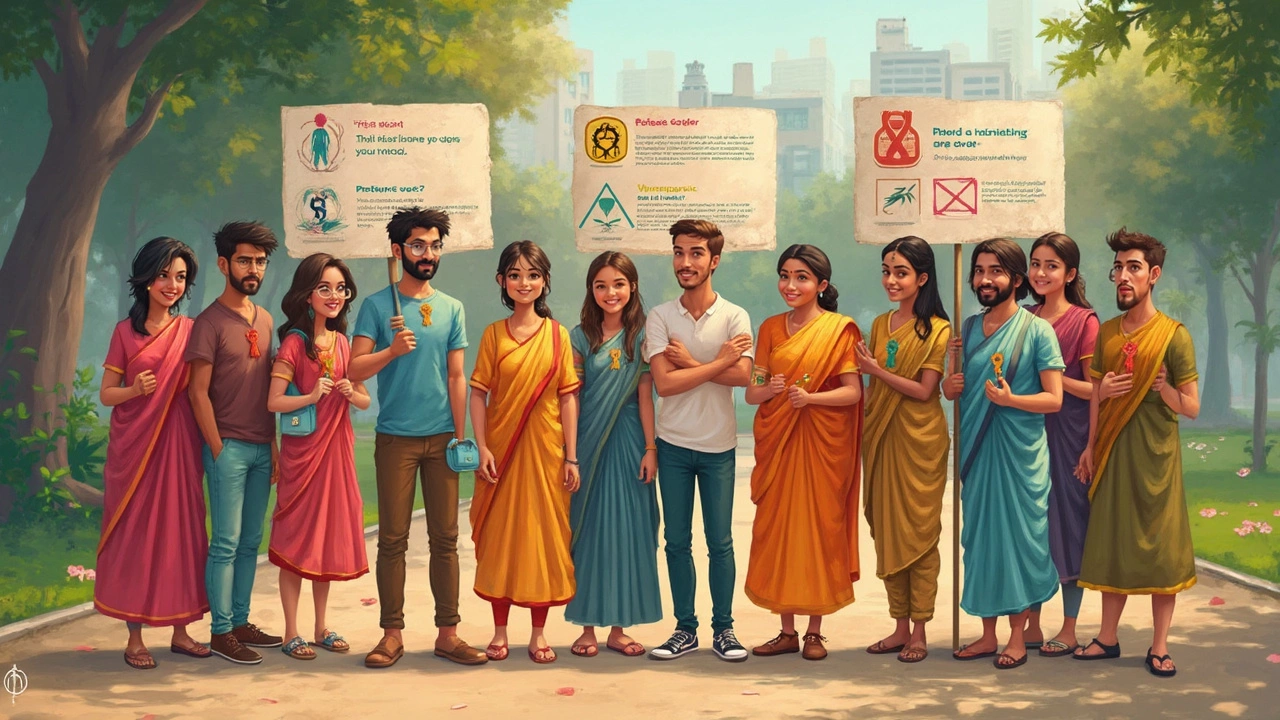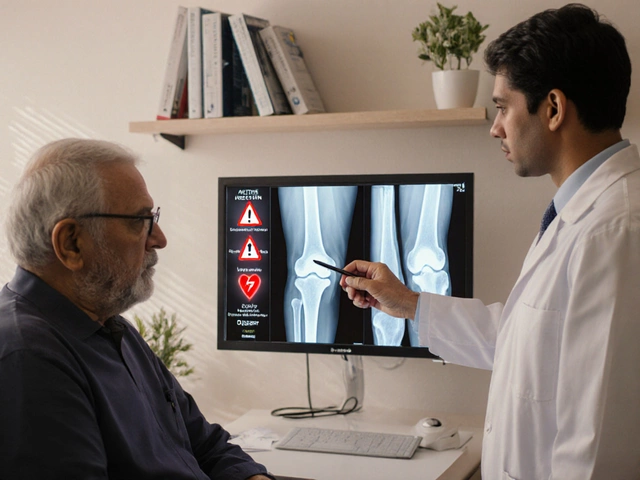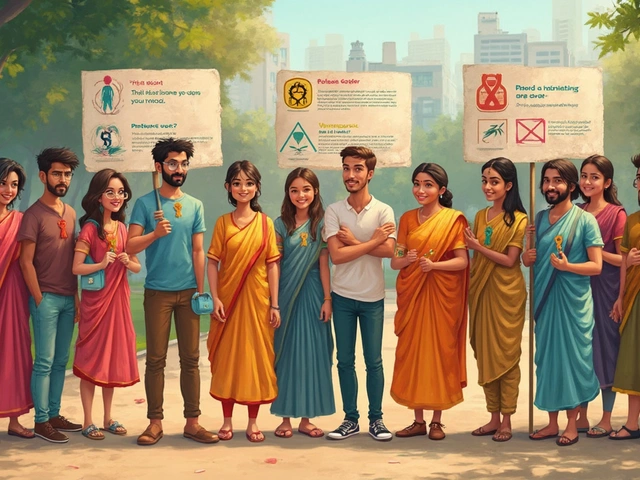Cancer Death Rates – What the Numbers Mean for Your Health
When you see a headline like “Cancer death rates rise,” it can feel alarming. But what does that statistic really tell you? Understanding the basics helps you see if the risk is personal or just a national trend. Below we break down the key figures, why they matter, and what you can do with the information.
How Death Rates Are Measured
Death rates are calculated by dividing the number of cancer deaths by the total population, then multiplying by 100,000. This standardizes the data so you can compare states or years without population size confusing the picture. In India, the latest reports show a mortality rate of about 84 per 100,000 people, which is lower than many Western countries but still significant given the large population.
Age‑adjusted rates are another useful metric. They strip out the effect of an aging population, showing the risk for a “typical” adult. When you see a drop in age‑adjusted rates, it usually means early detection or better treatment is working, even if the raw number of deaths stays steady because the country’s population is growing.
What Drives the Numbers
Several factors push the rates up or down. Lifestyle choices like tobacco use, unhealthy diet, and lack of exercise are major contributors. For example, lung cancer still tops the list of deadly cancers in India, largely because of high smoking rates and indoor air pollution from cooking fuels.
Access to screening also matters. Breast and cervical cancer mortality have dropped in regions where regular mammograms or Pap smears are offered. On the flip side, rural areas often see higher death rates because people can’t get tested early enough.
Environmental exposures—like arsenic in groundwater or industrial chemicals—add another layer. Some states report pockets of unusually high stomach or liver cancer deaths linked to contaminated water.
Lastly, treatment quality plays a role. Hospitals equipped with modern radiotherapy and chemotherapy can improve survival, while lack of these resources keeps death rates higher in underserved regions.
So, what does this mean for you? First, know the cancers most common in your area and ask your doctor about relevant screenings. Second, adopt habits that lower your risk: quit smoking, eat more vegetables, and stay active. Third, support community health initiatives that bring screening and clean water to neighborhoods that need them.By turning cold statistics into concrete steps, you turn fear into action. Keep an eye on the latest cancer death rate reports—they’re not just numbers; they’re clues about where prevention and treatment are succeeding and where they still need a boost.

Top 3 Killing Cancers: The Deadliest Threats and How to Fight Back
This article breaks down the three deadliest cancers worldwide, revealing why they're so dangerous and how they can be spotted early. Get up-to-date facts, practical prevention tips, and advice on what to do if you're at risk. Understand how treatment is evolving and what to watch for in cancer research. All details are simple, easy to follow, and based on real numbers and real life. Take steps today to protect yourself and your loved ones from these silent killers.

New Drug Revolutionizing Type 2 Diabetes Treatment
Feb, 20 2025

Can You Reverse Knee Stiffness? Find Out Now!
Apr, 4 2025

Heart Surgery Duration: What to Expect
Jan, 7 2025

